Crochet picots can add a finished style to any fabric, and can be created 4 ways. Four different approaches can result in four different effects.
The Picot stitch is a little “bump” or “nub” that is created to embellish edges of fabrics. I have on occasion used a picot in the middle of a pattern. I have done this as a place to work stitches in subsequent rows. It really helps to center up the stitch location, while creating a very tight point in the design.
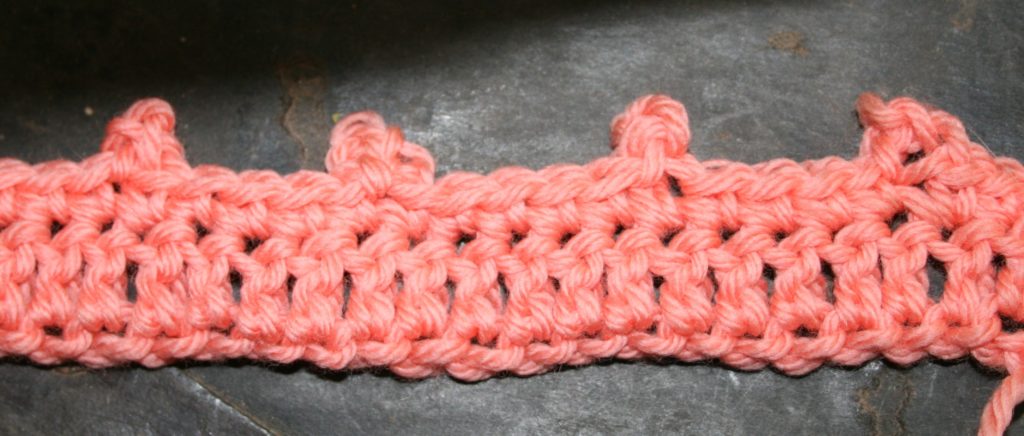
The way that you create chain stitches can actually effect the outcome of the overall picot. I do not go into much detail about Yarn Over and Yarn Under in this post. You can learn more about it here. One of the primary differences is that Yarn Under the chain lays differently. This can cause the stitch to not stand out, resulting in a definite need for blocking.
Crochet Picot- Slip Stitch First Chain
There are many patterns that describe a picot by creating 3 chains and slip stitching in the first chain created. This creates a picot that is more flimsy, in the respect that is moves freer in all directions, than the other approaches. I feel that it is more likely to create a space between the stitch it is worked atop of and the next stitch worked.
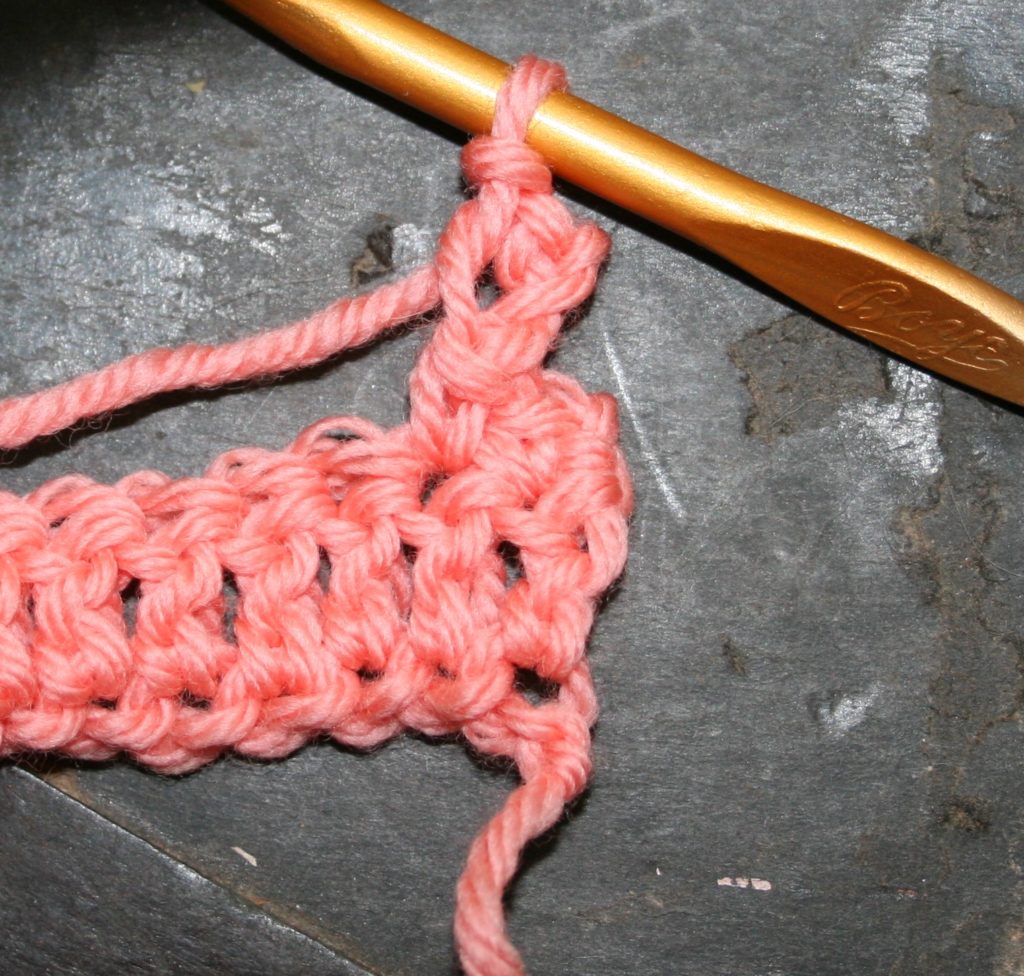
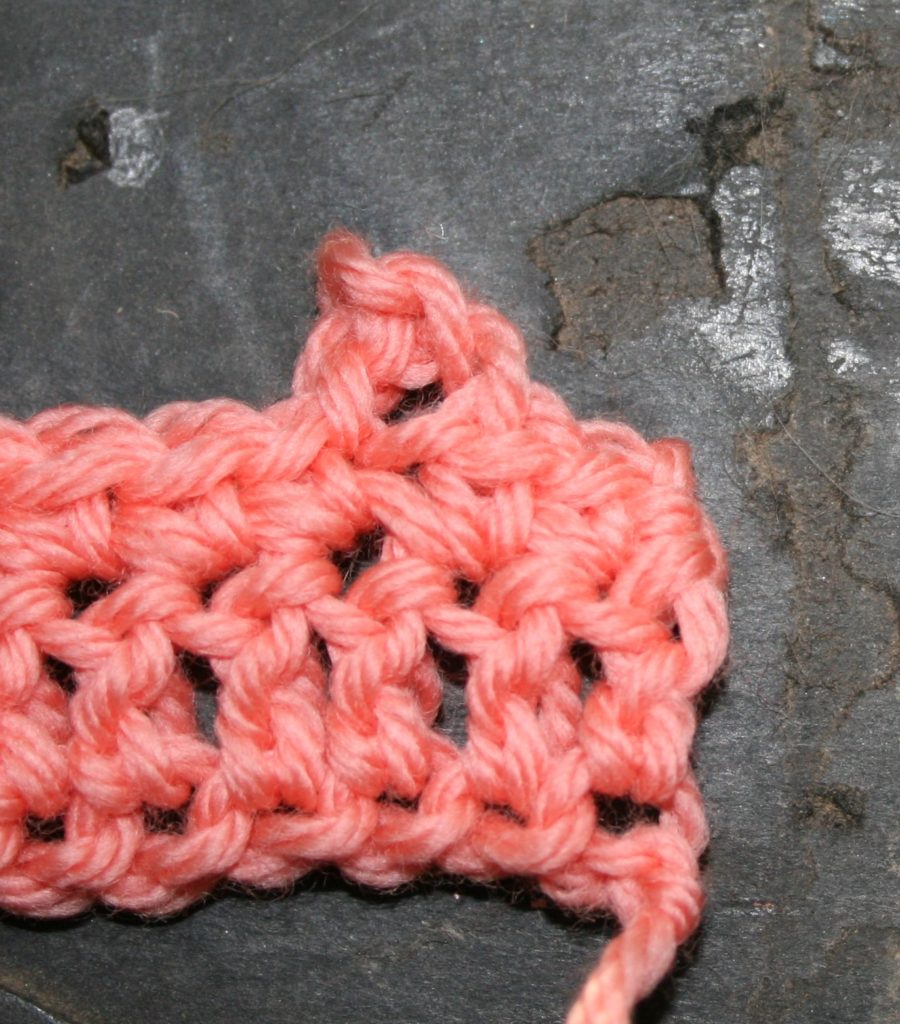
Crochet Picot- Slip Stitch Atop Stitch
Some patterns describe a picot as: “chain 3, slip stitch on top of the stitch the chain is worked atop”. I find that by working the slip stitch either from the front or the back can create a bit of a difference. Working a slip stitch from the front of the stitch to the back of the stitch, as is most readily done, twist for me. This doesn’t cause any problems, however I find that working the slip stitch from the back of the stitch to the front (in a completely different method than is traditional) creates a picot that sits more flat and dominate for me.
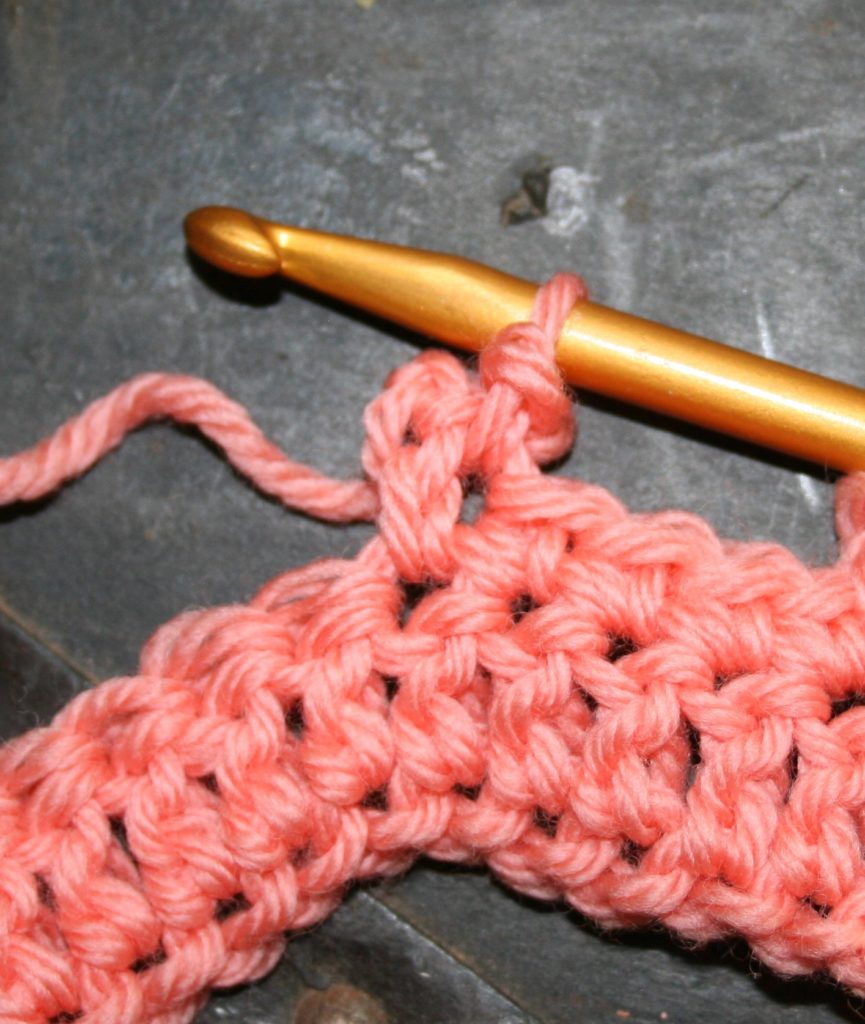
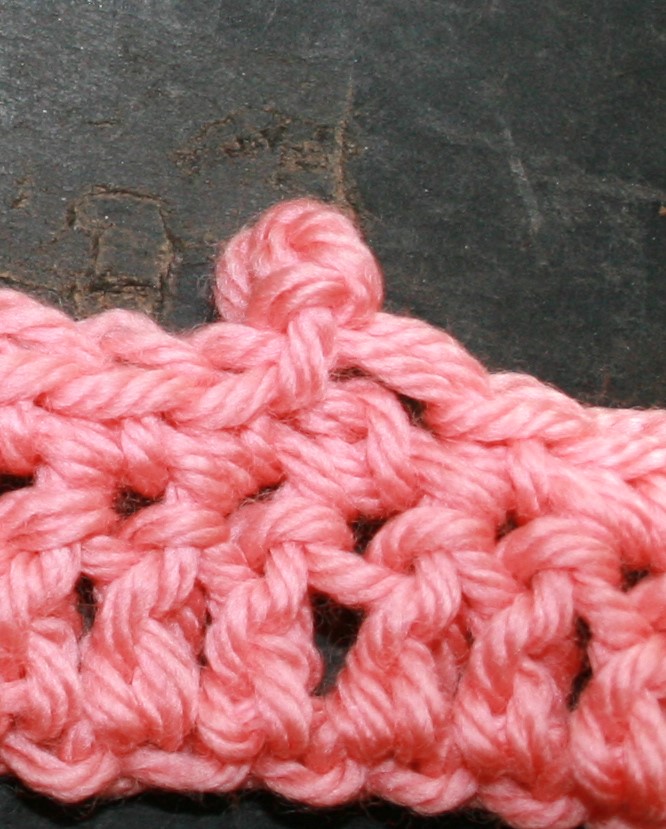
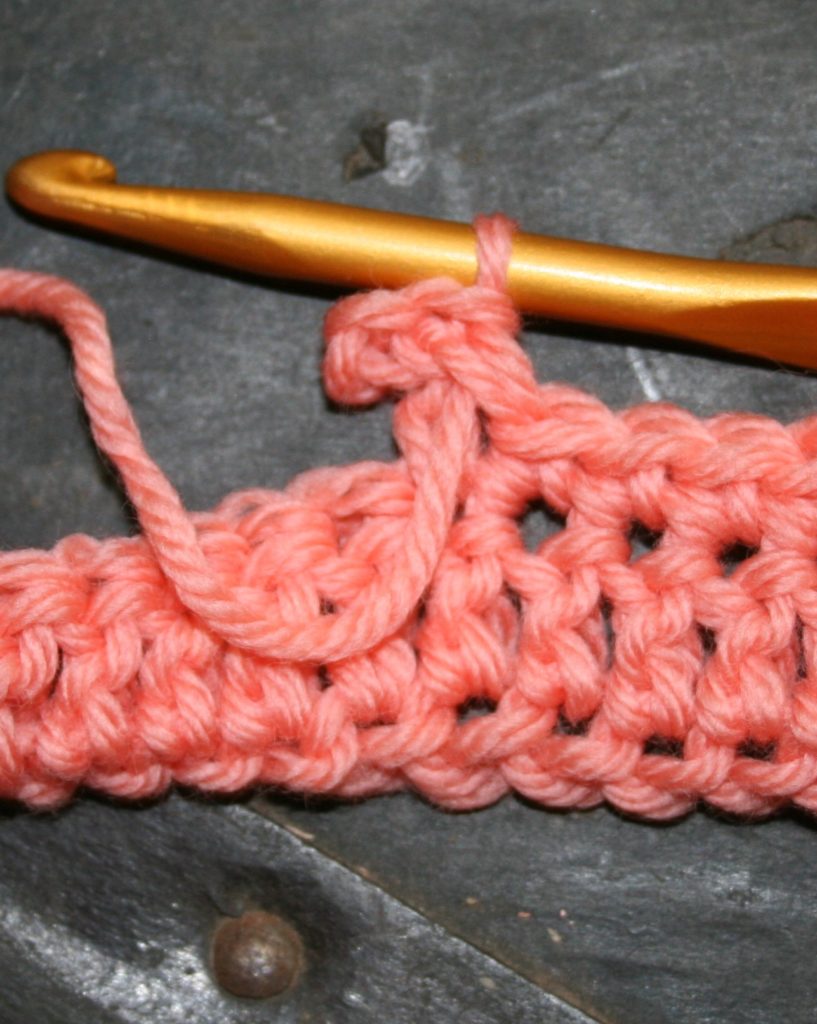
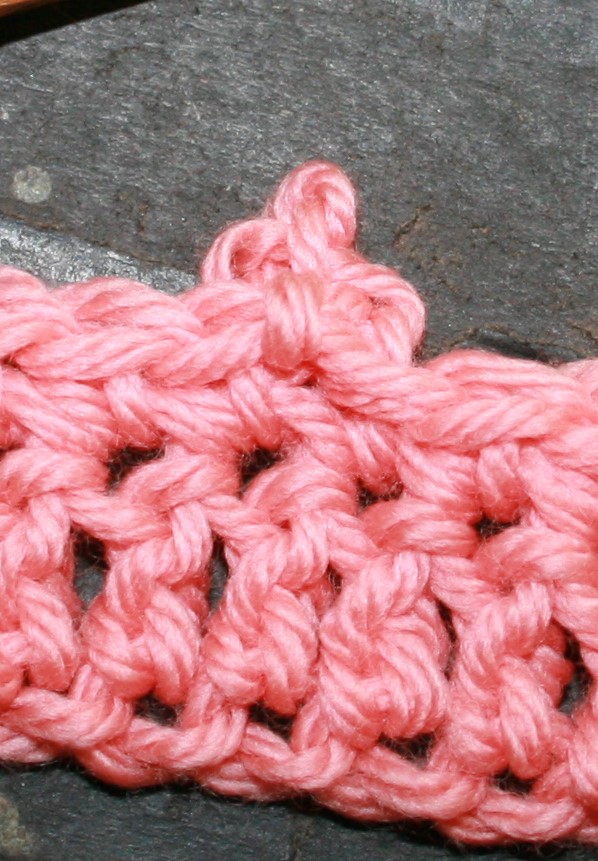
Both of the “slip stitch to the top of the stitch” methods create a sturdy picot that stays in place. I also find that mine tend to recess to one side of the fabric.
Crochet Picot- Front Loop and Side Leg
The last approach to a picot is the method worked in the Crochet Guild of America’s Master Program. It results in a stable and readily repeatable picot that does not lead to any stitch distortion. This approach is uses a chain 3 and a slip stitch, inserting the hook through the front loop of the stitch that the chain is worked atop as well as the side of the “leg” of the stitch. I find the movement of creating this stitch to be a downward motion as I pick up the front loop, and a slight angle to catch the side of the leg that is away from all other stitches.
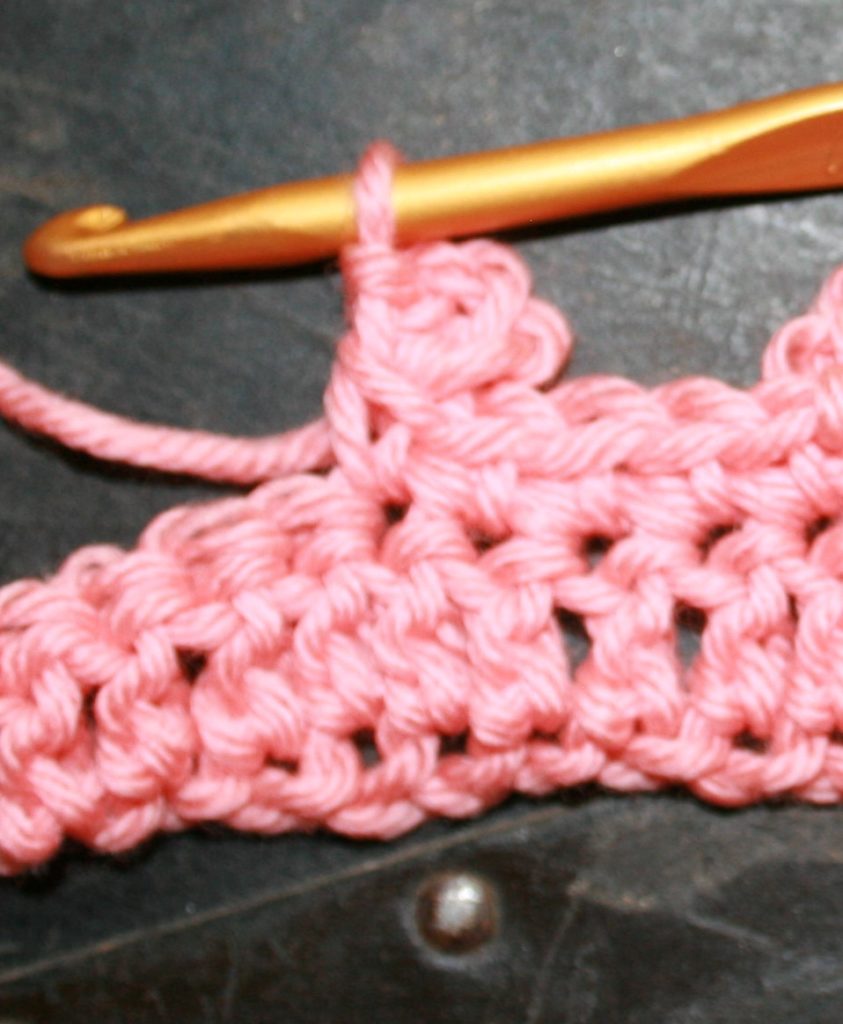
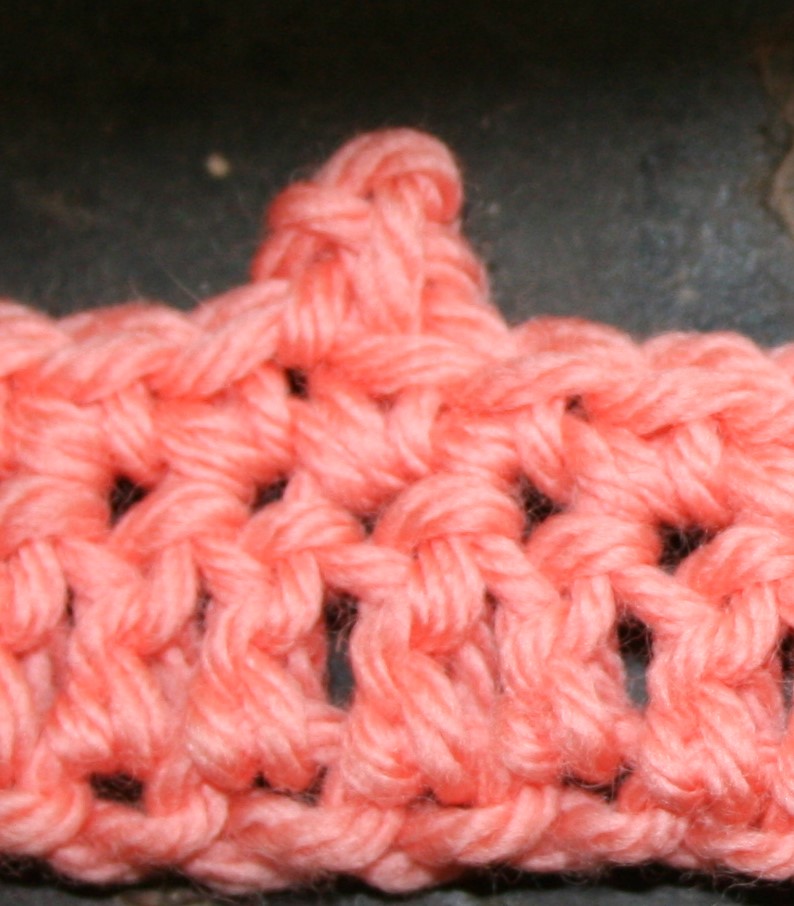
I find this approach to sit more in line with the fabric, from all angles, while being study.
Honestly, this last approach is often my go to, yet it can be more confusing written in patterns, so the picot stitch is often described as “in the first chain” or “atop the same stitch”. Just know that there is usually no reason that you cannot substitute the approaches to the picot stitch with one that you prefer instead. Give each approach a try and see what works best for you.
